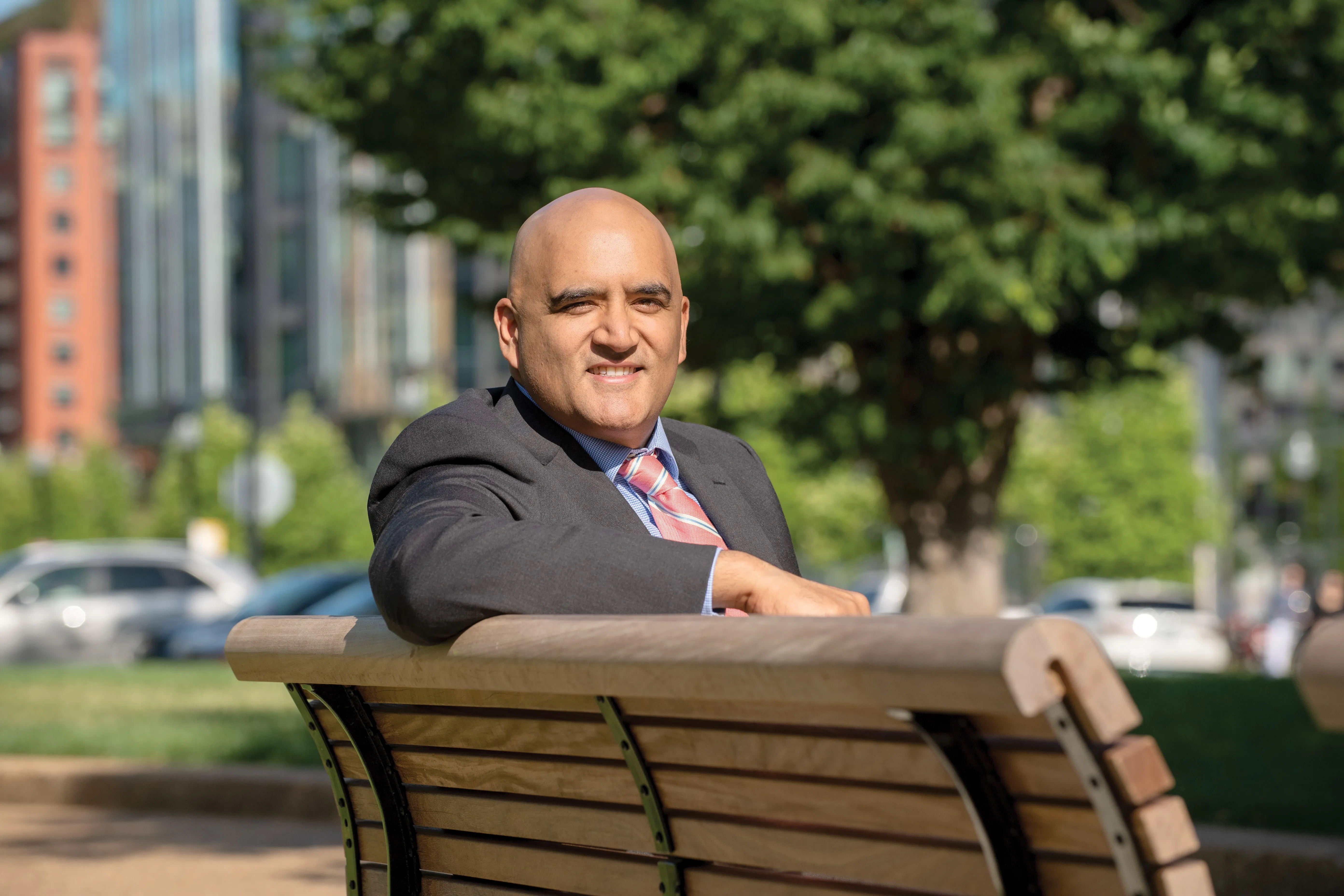US Transportation Secretary Anthony Foxx has announced a Transportation Infrastructure Finance and Innovation Act (TIFIA) loan of US$162 million from the Department's Federal Highway Administration to finance the East End Crossing section of the Louisville-Southern Indiana Ohio River Bridges Project.
At the total cost of US$1.27 billion, the East End Crossing includes the East End Bridge and its connecting roadways. The bridge spans the Ohio River eight miles to the north connecting the east end of Louis
April 17, 2015
Read time: 2 mins
US Transportation Secretary Anthony Foxx has announced a Transportation Infrastructure Finance and Innovation Act (TIFIA) loan of US$162 million from the Department's 831 Federal Highway Administration to finance the East End Crossing section of the Louisville-Southern Indiana Ohio River Bridges Project.
At the total cost of US$1.27 billion, the East End Crossing includes the East End Bridge and its connecting roadways. The bridge spans the Ohio River eight miles to the north connecting the east end of Louisville, near Prospect, to southern Indiana, near Utica. The project is successfully being delivered as a public private partnership (PPP), and benefited from a324 US Department of Transportation private activity bond allocation in 2013. As part of the Administration's Build America Investment Initiative, USDOT is working to expand opportunities for partnership between the public and private sectors, including through the establishment of a new Build America Transportation Investment Center as a one-stop shop to support potential PPP projects.
"This project will relieve congestion and stimulate the economy of the entire Louisville-Southern Indiana region both today and for years to come," Secretary Foxx said. "Projects like this reinforce the need for the Administration's Grow America Act, a US$478 billion bill that provides funding over six years, so states and communities will have stable funding long enough to make big infrastructure projects a reality."
"The project will connect communities and businesses on both sides of the river and provide convenient access for area residents," Deputy Federal Highway Administrator Gregory Nadeau said. "It also helps relieve congestion by allowing Louisville-area travellers to bypass downtown traffic."
The East End Crossing is part of the larger Louisville-Southern Indiana Ohio River Bridges bi-state project designed to provide two new bridges across the Ohio River to meet the region's travel needs. The East End Bridge is financed by Indiana and the Downtown Crossing is financed by Kentucky. The Downtown Crossing received a US$452 million TIFIA loan in 2013, bringing TIFIA's financing for the entire project to the amount of US$604 million toward the total project cost of more than US$2 billion.
At the total cost of US$1.27 billion, the East End Crossing includes the East End Bridge and its connecting roadways. The bridge spans the Ohio River eight miles to the north connecting the east end of Louisville, near Prospect, to southern Indiana, near Utica. The project is successfully being delivered as a public private partnership (PPP), and benefited from a
"This project will relieve congestion and stimulate the economy of the entire Louisville-Southern Indiana region both today and for years to come," Secretary Foxx said. "Projects like this reinforce the need for the Administration's Grow America Act, a US$478 billion bill that provides funding over six years, so states and communities will have stable funding long enough to make big infrastructure projects a reality."
"The project will connect communities and businesses on both sides of the river and provide convenient access for area residents," Deputy Federal Highway Administrator Gregory Nadeau said. "It also helps relieve congestion by allowing Louisville-area travellers to bypass downtown traffic."
The East End Crossing is part of the larger Louisville-Southern Indiana Ohio River Bridges bi-state project designed to provide two new bridges across the Ohio River to meet the region's travel needs. The East End Bridge is financed by Indiana and the Downtown Crossing is financed by Kentucky. The Downtown Crossing received a US$452 million TIFIA loan in 2013, bringing TIFIA's financing for the entire project to the amount of US$604 million toward the total project cost of more than US$2 billion.









